Fragrance layering is the key to making your home's aromas long-lasting and luxurious
It will elevate the sensory experience of your home
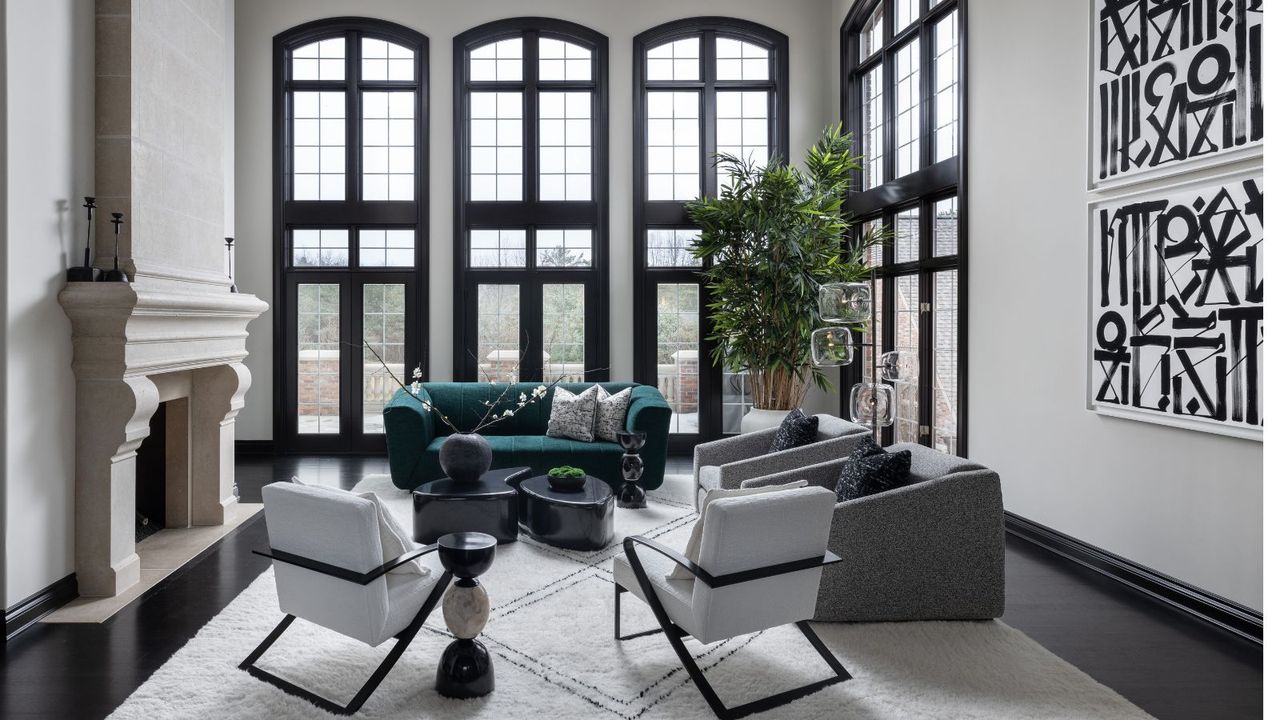

Creating a beautifully scented home is more than simply lighting a candle or spritzing an air freshener. Much like making your perfume last longer on your skin, getting the most out of your home fragrance involves layering.
Fragrance layering requires thoughtful combinations that create depth and complexity. This method not only enhances the overall ambiance but also offers you control over how different areas of your home smell, ensuring a harmonious balance throughout, our fragrance experts say.
Whether you're preparing for guests and want to make use of your best candles or best diffusers, or want to turn your room into a personal retreat, fragrance layering will transform your space from ordinary into luxury.
What fragrance layering is in a home
Fragrance layering in a home involves using different forms of scent – such as candles, diffusers, sprays, and incense at the same time – in a deliberate and coordinated way.
'The key is to build a fragrance profile that feels natural,' says expert perfumer Ruth Mastenbroek. 'Layering allows you to play with top, middle, and base notes across your home, ensuring no single scent overwhelms the space.'
This technique mimics the principles of perfumery. 'Layering home fragrances creates a scented journey throughout your home,' continues Ruth. 'From a light citrus scent in the foyer to warm vanilla in the living room, each area can have its distinct yet complementary aroma, providing an overall depth to the space.'
How to layer home fragrances
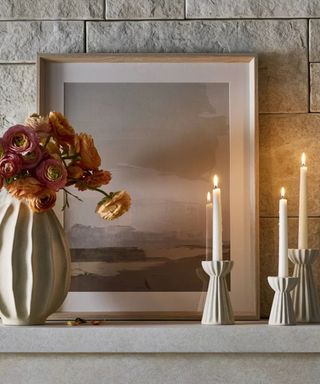
Layering a home fragrance doesn’t have to be a daunting task. Fragrance experts from the team at ScentAir shared these tips to help you layer scents around your home perfectly.
Step 1: Establish a scent theme
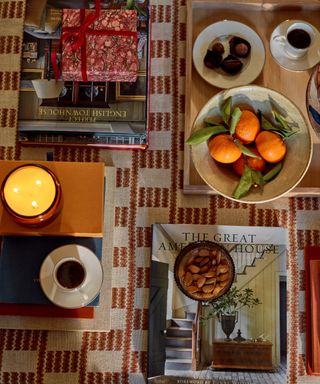
Start by selecting a theme or primary scent family – such as floral, woody, or citrus – to guide your choices. This ensures consistency and prevents clashing aromas around your home. For example, if you’re drawn to earthy scents, opt for patchouli, and amber variations or pine.
If you enjoy that luxury spa smell, opt for geranium, bergamot and sandalwood. For that clean smell, use citrus or linen aromas. If you enjoy spice, opt for cinnamon, cardamon and pepper notes.
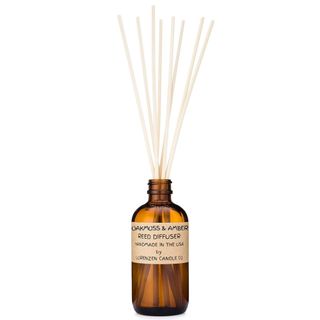
A subtle, earthy foundation with hints of natural woods, offering notes of moss, lavender, and musk. This diffuser is perfect for establishing a grounded and calming base layer in your home fragrance routine. The rattan reeds soak up oils slowly, making this 3 fl oz bottle last 2-3 months.
Step 2: Layer from the ground up
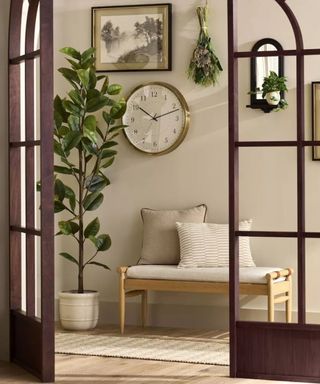
Begin with foundational scents that linger, such as reed diffusers or essential oil diffusers. Place these in central areas like the living room or hallway, where the scent can subtly permeate the space over time.
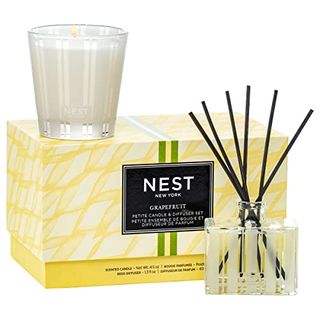
'This is an excellent choice for a bright, welcoming base,' recommends Michelle of Scentair. 'Known for its invigorating citrus aroma with notes of pink pomelo and watery green undertones, this diffuser provides a fresh and vibrant foundation for your home fragrance layering.' Perfect for high-traffic areas like entryways or living rooms, this diffuser ensures a constant, scent that complements candles or sprays in the same citrus family.
Step 3: Add a complementary candle
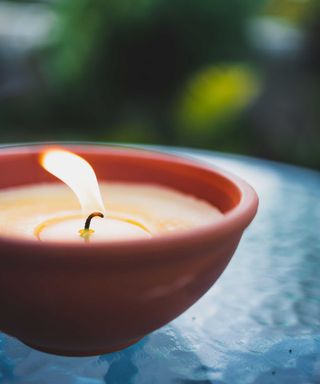
Enhance the base layer with a candle that’s in the same scent family but offers a different note. For instance, if your diffuser has a warm vanilla scent, a spiced ginger or cardamom candle can add intrigue.
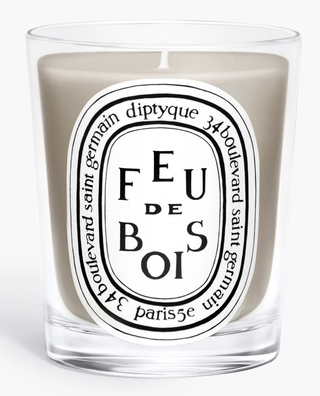
With its intriguing reminiscent of a cozy fireplace, this candle creates an inviting ambiance perfect for colder months. If you love this scent, there are five candle sizes available to suit different sized spaces in your home.
Step 4: Introduce room sprays

Use room sprays such as the vanilla and pear room spray available at Walmart to add bursts of freshness. 'Focus on high-traffic or frequently used spaces, such as the kitchen or bathrooms,' adds Michelle. 'These should align with your theme but provide a lighter, airier touch.'
It is a nice touch to add this before guests arrive to make your home feel welcoming.
Step 5: Incorporate seasonal accents
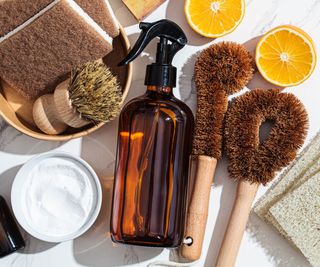
Layering can be dynamic, changing with the seasons. During winter, you might add cinnamon or pine accents, while summer calls for crisp oceanic or citrus notes, which can be found in the Capri Blue Volcano Candle.
Maintain your layered fragrances by refreshing diffusers and replacing candles as needed. Regularly ventilating your home prevents scents from becoming too heavy or stagnant, or bothering guests with allergies.
Before picking new candles, learn about the different candle wax types to narrow your search.
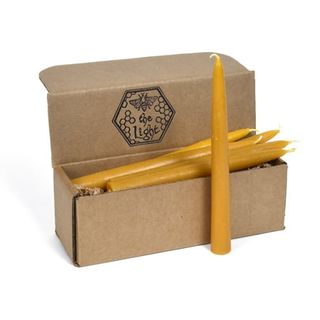
These handmade candles are made from 100% pure USA beeswax which is fast becoming a leading non-toxic candle wax type favored by experts. This also has lead-free, non-toxic wicks. These are not fragranced but because of the natural material used, smell like honey which will complement vanilla or spiced layering elsewhere.
Mistakes to avoid when fragrance layering
When layering your home fragrance there are some mistakes that you should avoid. According to Viviana Hurtado, founder of an eco-luxe candle brand, here are the three most common ones, and what to do instead:
- Overpowering scents: Avoid mixing too many strong fragrances. This can create an overwhelming or cloying atmosphere. Stick to three or four complementary layers.
- Skipping ventilation: Good air circulation is crucial for scent layering. Without it, fragrances can become stale or overly concentrated.
- Ignoring quality fragrances: Invest in high-quality candles, diffusers, and sprays. Cheaper options often lack complexity and may produce synthetic, overpowering aromas.
Benefits of layering home fragrances
'Fragrance layering allows you to tailor your home’s scent profile to your personal taste and the mood you want to create,' continues Viviana. Whether it’s relaxing lavender for a bedroom or invigorating eucalyptus for a workspace, the possibilities are endless.
The right fragrance profile in your bedroom can help you sleep better, too.
Layering scents instead of only using one at a time also extends the amount of time the aroma lasts. Diffusers provide a consistent, subtle background fragrance that forms the base layer, while candles and sprays add dynamic, intermittent bursts that refresh and amplify the scent. This combination ensures that the fragrance remains noticeable and vibrant throughout the day.
Fragrance layering is a thoughtful way to enhance your home. By choosing and combining scents carefully, you can make your living spaces more inviting.
Next, delve into luxury smelling cleaning products you can work into your fragrance layering.
Sign up to the Homes & Gardens newsletter
Design expertise in your inbox – from inspiring decorating ideas and beautiful celebrity homes to practical gardening advice and shopping round-ups.

Seraphina is a contributing editor at Homes & Gardens, writing Solved features on organizing and storage. She loves to decorate and also grow her own produce from her home in London. Her previous experience includes working at Women's Health and Fabulous Magazine.
-
 How we tests reed diffusers at Homes & Gardens to bring you our top picks
How we tests reed diffusers at Homes & Gardens to bring you our top picksLearn everything about the crucial criteria we use to recommend reed diffusers
By Ottilie Blackhall Published
-
 Gwyneth Paltrow's kitchen shelving is the cleverest use of a small, shallow, awkward space I've seen – it will solve all your storage problems and look gorgeous, too
Gwyneth Paltrow's kitchen shelving is the cleverest use of a small, shallow, awkward space I've seen – it will solve all your storage problems and look gorgeous, tooGwyneth's wall shelves act as a display case for chic dishware, while making the kitchen feel even more spacious – and you can follow her example
By Hannah Ziegler Published
-
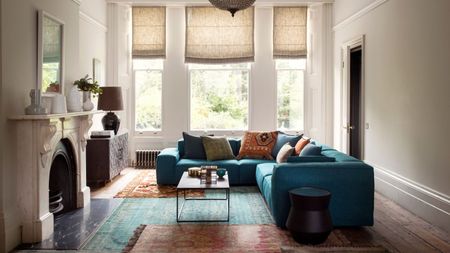 How we tests reed diffusers at Homes & Gardens to bring you our top picks
How we tests reed diffusers at Homes & Gardens to bring you our top picksLearn everything about the crucial criteria we use to recommend reed diffusers
By Ottilie Blackhall Published
-
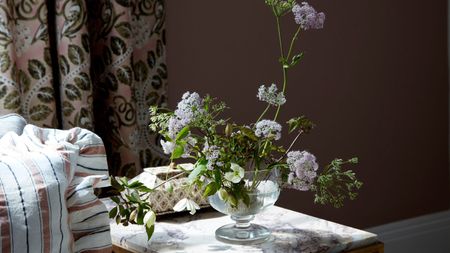 I love my expensive Malin+Goetz room spray for banishing dog odors at home – but I’ve found the perfect alternative for under $15
I love my expensive Malin+Goetz room spray for banishing dog odors at home – but I’ve found the perfect alternative for under $15A spritz of these spring scents last up to two hours
By Ottilie Blackhall Published
-
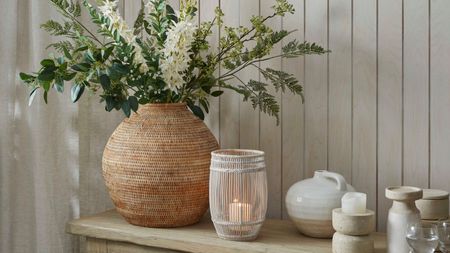 I tried using a Zodiac candle to cleanse my home of bad energy and kick-start my spring decluttering with surprising results
I tried using a Zodiac candle to cleanse my home of bad energy and kick-start my spring decluttering with surprising resultsThis home scenting idea is out of this world
By Ottilie Blackhall Published
-
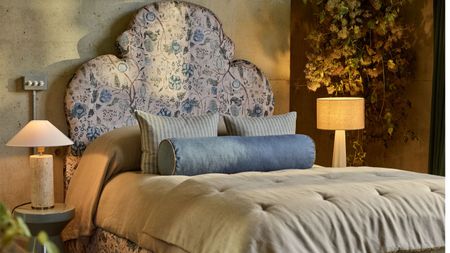 I ditched smokey incense sticks and candles for non-toxic dry-fragrance reeds – now my house always smells like a luxurious hotel for just $18
I ditched smokey incense sticks and candles for non-toxic dry-fragrance reeds – now my house always smells like a luxurious hotel for just $18They smell so good and last for longer than oil reed diffusers
By Punteha van Terheyden Published
-
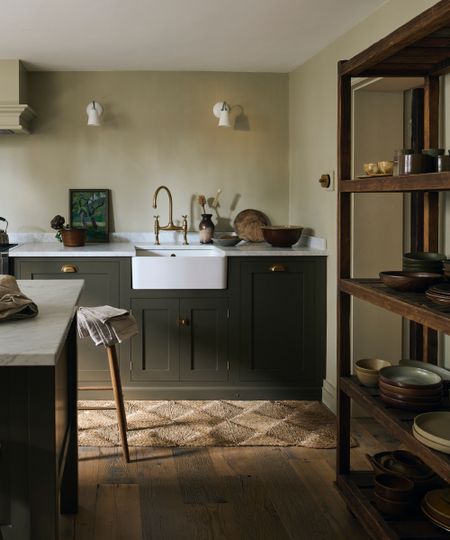 5 non-toxic ways to make your home smell nice all the time – without harming your health or the planet
5 non-toxic ways to make your home smell nice all the time – without harming your health or the planetClean, simmer and spritz your way to a great smelling space
By Ottilie Blackhall Published
-
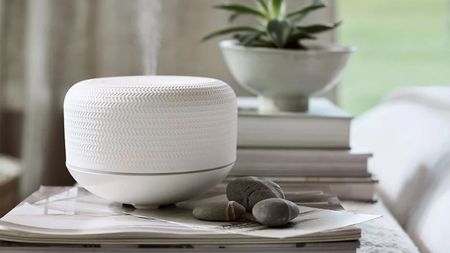 I switched to these electric diffusers and my home now always smells luxurious – they're easy to control and much more potent than reed diffusers
I switched to these electric diffusers and my home now always smells luxurious – they're easy to control and much more potent than reed diffusersElectric diffusers are better value for money and have versatile running options
By Punteha van Terheyden Published
-
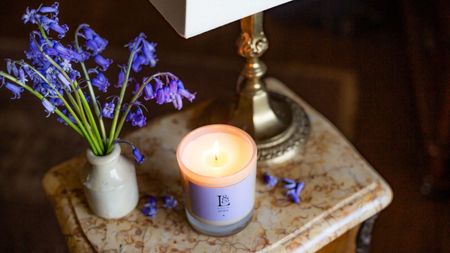 5 things safety experts warn to watch out for so you can pick truly non-toxic candles
5 things safety experts warn to watch out for so you can pick truly non-toxic candlesAvoiding these will help you pick the ultimate non-toxic candle for your home
By Chiana Dickson Published
-
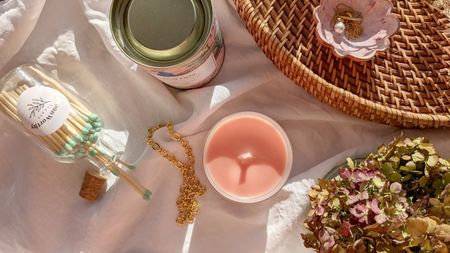 What your home fragrance says about you – plus, master perfumers reveal how to pick the perfect signature scent for your space
What your home fragrance says about you – plus, master perfumers reveal how to pick the perfect signature scent for your spaceScent speaks volumes and set the tone for your home
By Chiana Dickson Published